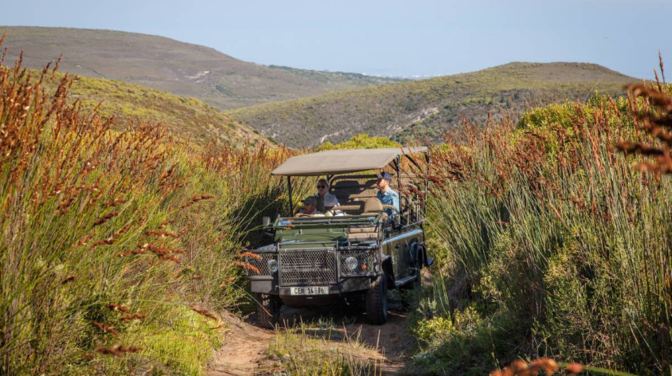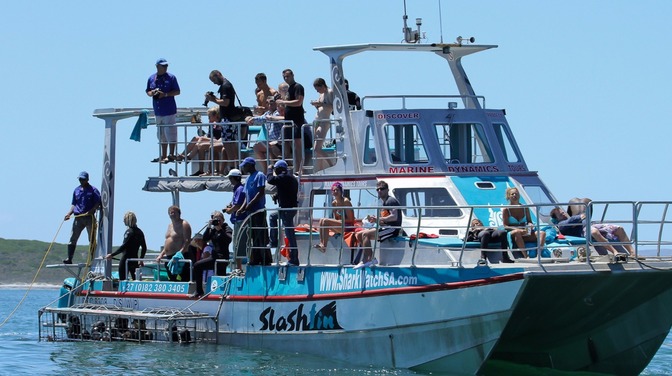Living in South Africa, we are quite spoiled for choice when it comes to whale watching especially in the Overberg. During the winter months a myriad of mammoth mammals flock to our warmer waters and the protection of our sheltered bays. And we rejoice as Walker Bay becomes a school yard for these colossal beauties to play, court, frolick, mate and give birth and a whale watching hotspot for us.
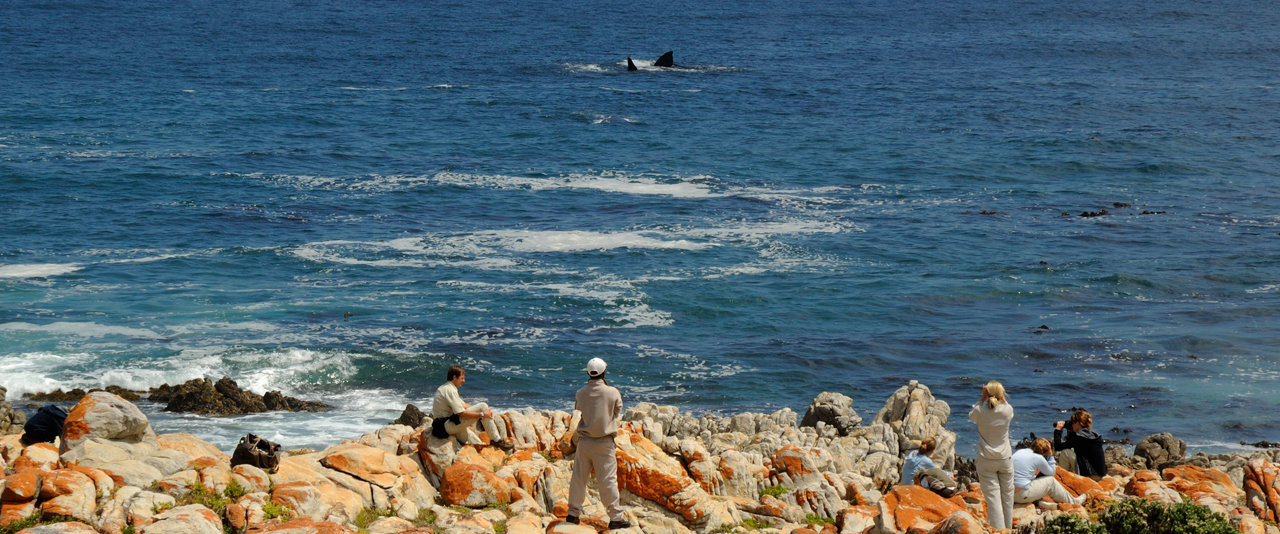
Land-based Whale Watching in Gansbaai
During the months of July through December, the waters of southern Africa is flooded with the likes of Humpback, Bryde’s and Southern Right Whales, Orcas and various species of dolphins. But how do you tell the difference between the different species and spot our beloved Southern Right Whales? Here are 6 easy ways to spot the Right whale:
- Southern Rights are dark grey to black with white mottled spots on their stomachs
- Keep an eye out for the white callosities that grow on their heads – one of the most distinct characteristics of the Southern Rights
- At a distance you can identify them by their V-shaped spray/blowing
- Their heads make up almost a third of their body size lending to the fact that Southern Right have one of the largest heads of all whales
- Up close and personal you will notice that they are quite hairy, having hairs on their lower and upper jaws
- Last but not least, you will notice that they do not have dorsal fins (Right Whales are the only species of whale without dorsal fins)
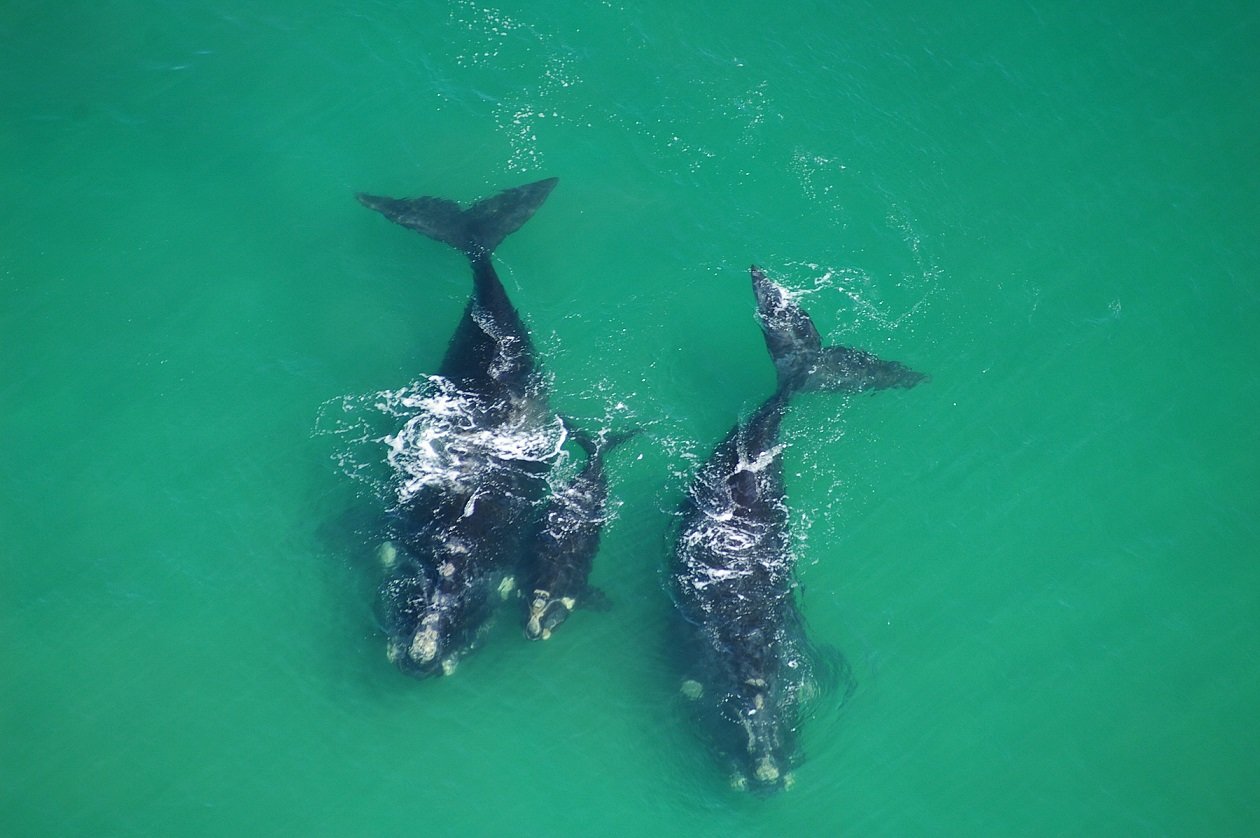
Air-based Whale Watching in Gansbaai
The beautifully open waters of the protected Walker Bay lend itself to exceptional whale watching for those visiting the area. Whether land-, boat- or air-based, you are assured a whale of a time. Now that you can spot the largest member of the Marine Big 5, here are some interesting facts about Southern Right Whales:
- The scientific name of Southern Right Whales are Eubalaena australis
- These gracious giants have a lifespan of up to 100 years
- The gestation period for Southern Rights are 12 months after which the calves are born tail first
- Due to the thick layer of blubber under their skins, Southern Right Whales do not cross the equator as they would not be able to stand the high temperatures of the tropics
- Despite the fact that Southern Right Whales have been protected since 1935, their ‘cousins’ the Northern Right Whales are the most endangered of all whale species
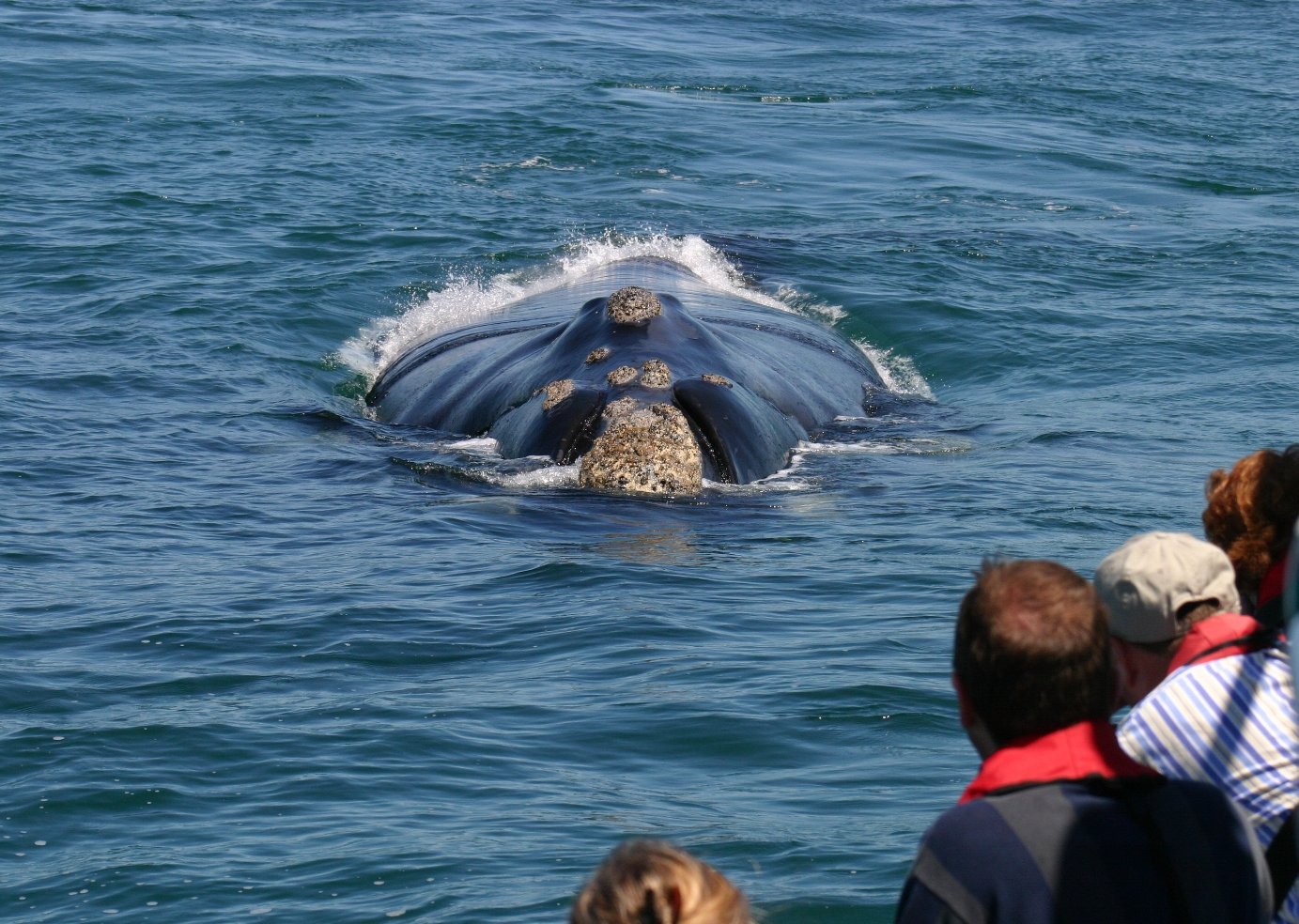
Boat-based Whale Watching in Gansbaai
Equipped with a keen eye and knowledge to spot the big hearted sweethearts of the oceans, you are now ready for the whale watching experience of a lifetime.

